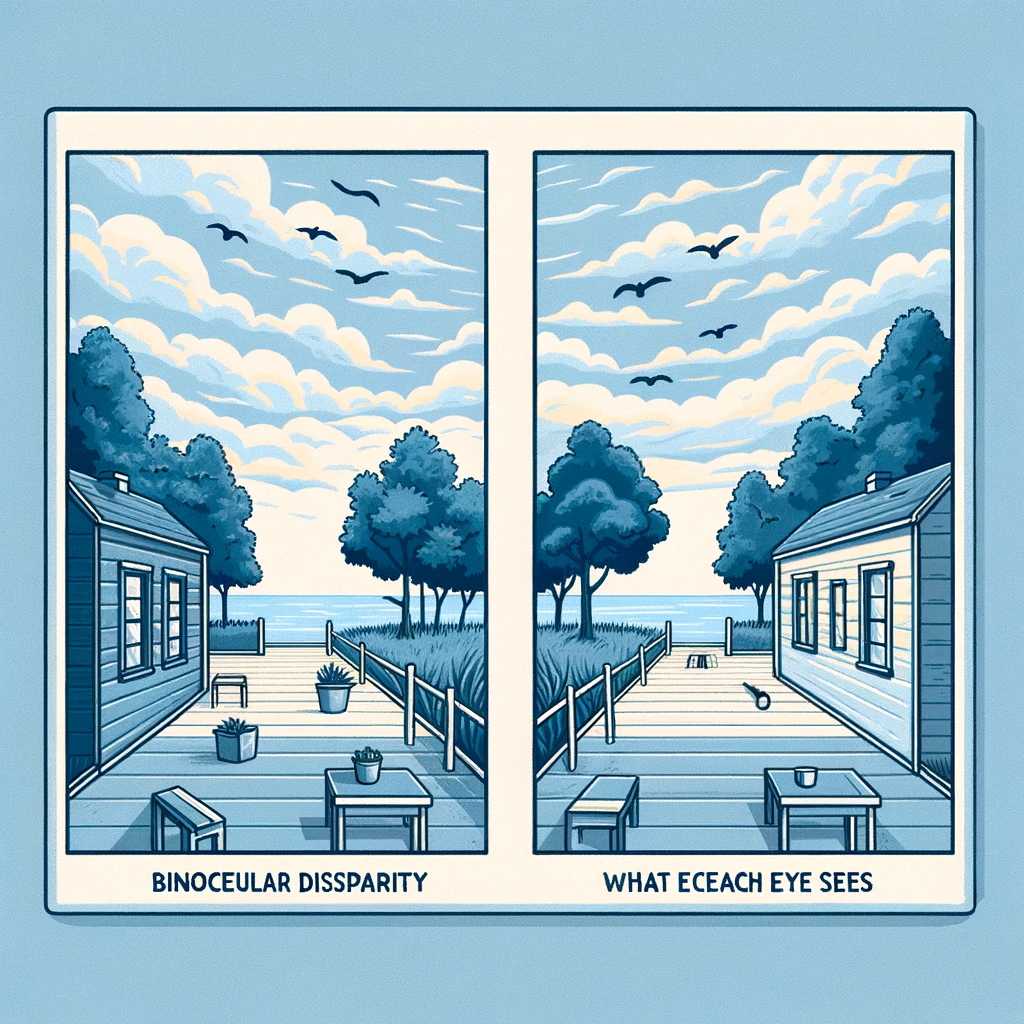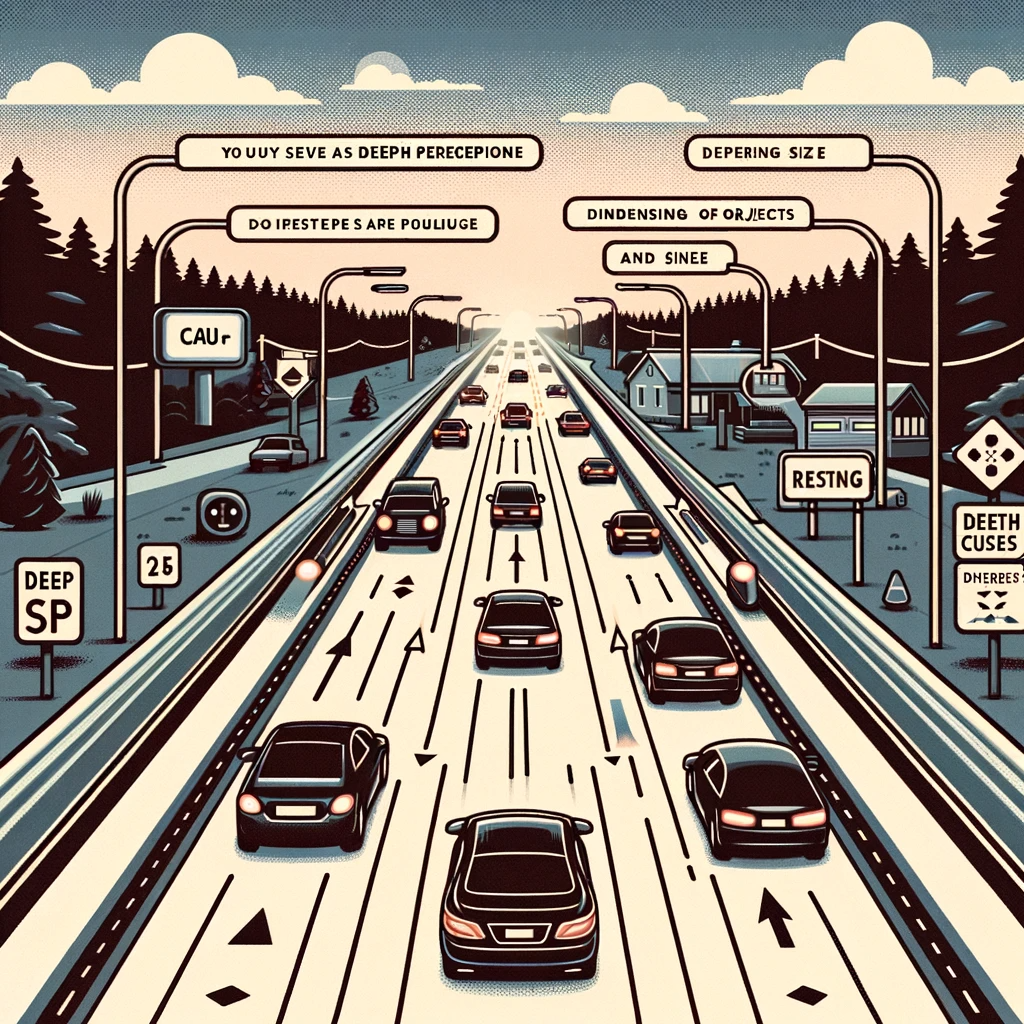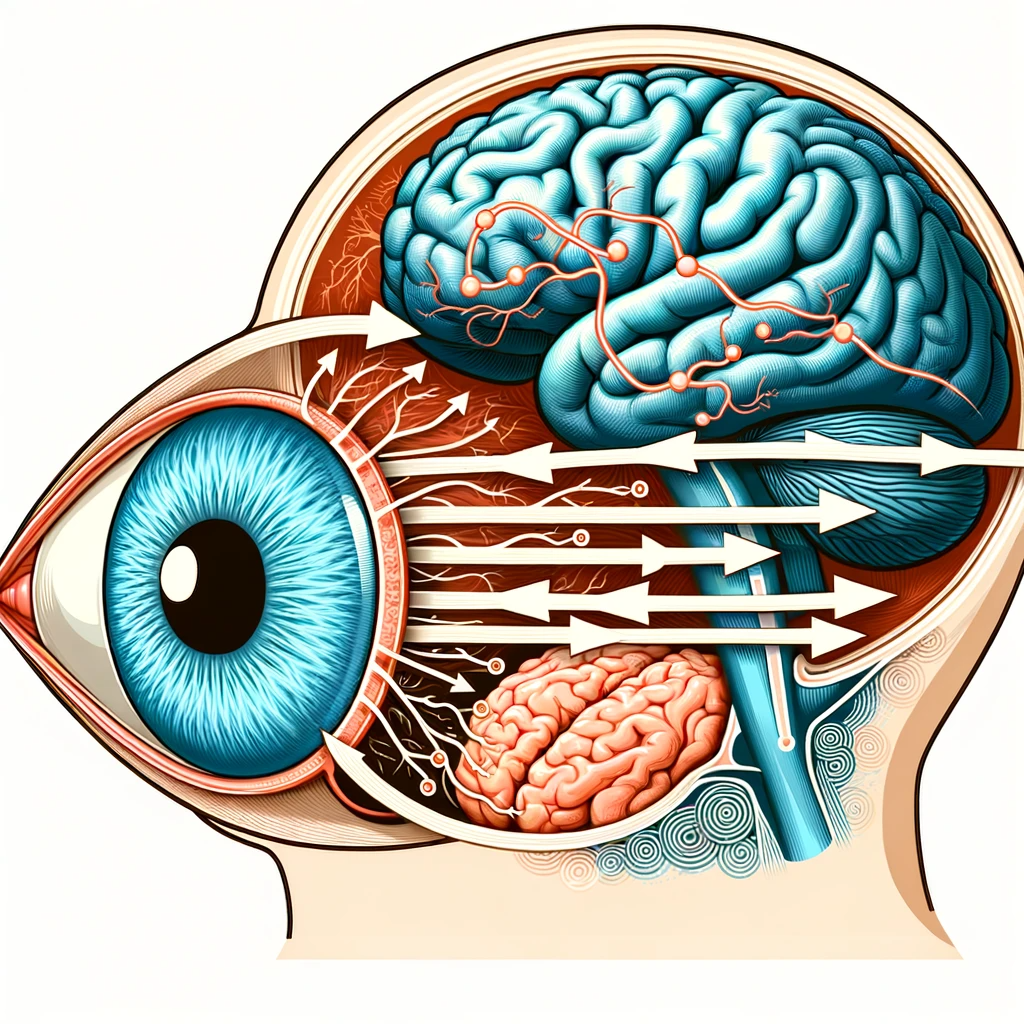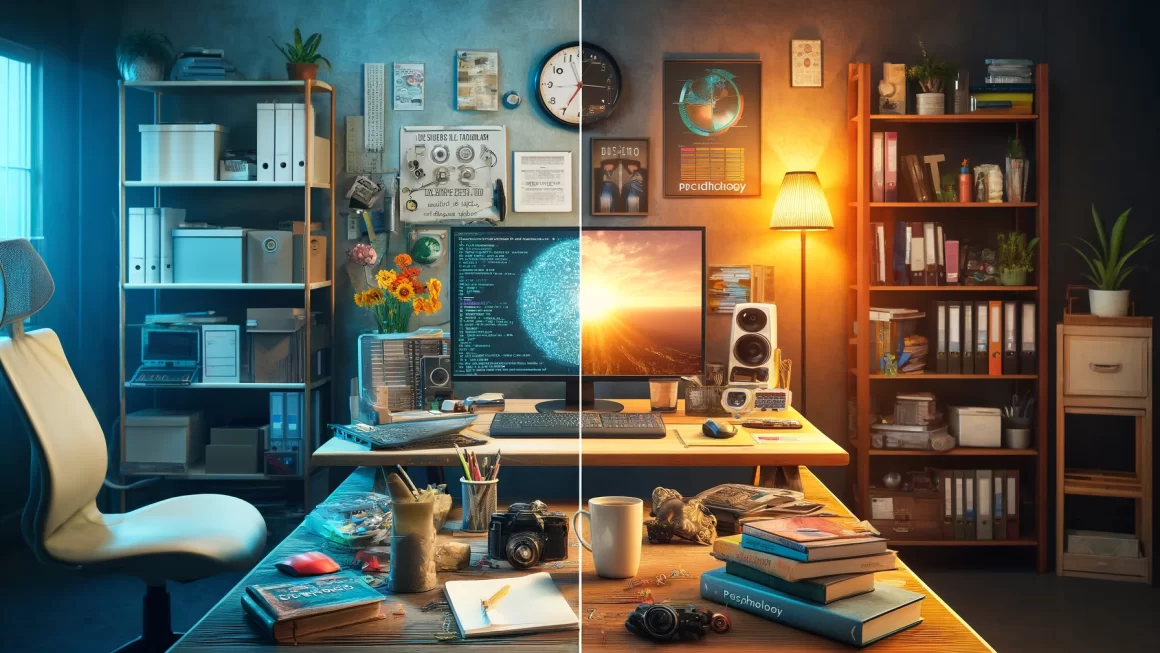Depth perception is a fascinating aspect of human vision, allowing us to perceive the world in three dimensions. It’s crucial for understanding spatial relationships and navigating our environment efficiently. This article delves into the mechanics and importance of depth perception, illuminated by examples and potential graphics to enhance understanding.
What is Depth Perception?
Depth perception refers to our ability to perceive the world in three dimensions and to judge the distance of objects. It’s a complex process involving both our eyes and brain.
The Role of Binocular and Monocular Cues
Depth perception arises from a variety of cues, which can be divided into two main categories: binocular and monocular.
Binocular Cues:

These involve both eyes and are based on the slightly different views each eye has of the world, a concept known as binocular disparity.
Monocular Cues:

These can be perceived with one eye and include aspects like size, linear perspective, and texture gradient.
Depth Cues in Everyday Life
Depth perception is not just a theoretical concept; it’s a vital part of our daily activities.
Driving:

Judging the distance of other vehicles and objects is critical for safe driving.
Sports:

In sports like baseball or basketball, players rely heavily on depth perception to judge the ball’s distance and trajectory.
Development of Depth Perception
Depth perception develops early in life, as evidenced by the famous “Visual Cliff” experiment where infants showed reluctance to crawl over a glass-covered drop-off, indicating depth perception.
The Impact of Impaired Depth Perception
Impairments in depth perception can affect daily activities, from difficulty in sports to challenges in judging distances while driving.
Understanding depth perception enriches our appreciation of how we interact with the three-dimensional world. It’s a testament to the complexity and adaptability of human vision.




